Kitten season is here and it's putting a strain on shelters: How you can help
Kitten season sounds like the stuff of dreams − a season during which tiny little felines seem to be crawling out of every nook and crevice.
But unfortunately for animal rescues, shelters, fosters, vets and welfare networks, the reality isn't as fluffy and cute as it sounds.
Far from being a dreamy pile of fur and cuddles, kitten season entails a huge influx of pregnant cats and their litters, adding significant strain to an already over-stressed, under-resourced animal welfare system.
Shelters become overrun with some of the most vulnerable members of the pet population. In some cases, the kittens are neonates in need of 24/7 care and special equipment, like incubators, formula, syringes, bottles, medications and a dedicated volunteer who will feed them every two hours, including during the night.
Wondering what kitten season is all about, what's causing the strain and how you can help? We touched base with Shelter Animals Count, a national database providing important information about animal welfare.
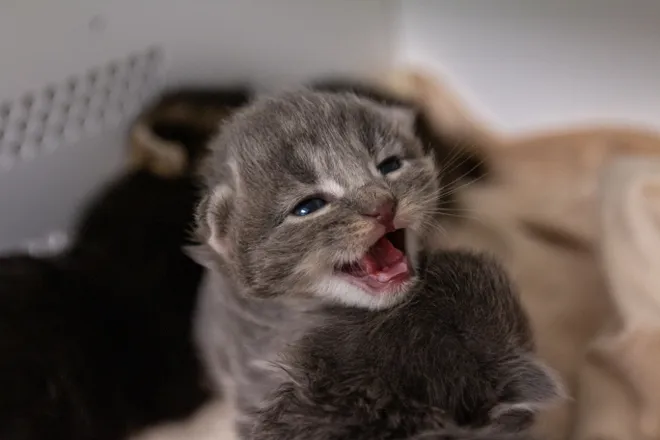
A big pet peeve:Soaring costs of vet care bite into owners' budgets
What is kitten season?
Kitten season is the time of year during which cats are more likely to mate and reproduce at a higher rate. Female cats are “seasonally polyestrous,” meaning they only go into heat at certain times of the year, usually during the warmer months.
The season generally starts in April and lasts through late fall, with the peak being around May and June. During this time, the highest number of kittens enter shelters and rescues in need of care. With shelters already stressed far beyond capacity in what has been called a nationwide crisis, this influx puts extra strain on already limited resources.
"The easiest way I would explain it is early on in the movie 'Bambi' where all of the little cartoon animals were coupling up once spring snow melted and spring started and then all of a sudden all of the little cartoon animals had families," Stephanie Filer, executive director of Shelter Animals Count, told USA TODAY. "That's essentially what kitten season is. It's that concept of cats, particularly community cats, reproducing at higher numbers."
Roughly 1.6 million of the 3.3 million cats entering organizations in 2023 were under 5 months old, according to Shelter Animals Count, a national database for animal shelter statistics. Despite representing nearly half of all feline intakes, kittens remain one of the most vulnerable populations in animal shelters and rescues, as they are fragile and highly susceptible to illness.
Unfortunately, of the 47% of cats entering organizations as kittens under 5 months old, 13% were euthanized or lost, or otherwise died in 2023, according to Shelter Animals Count.
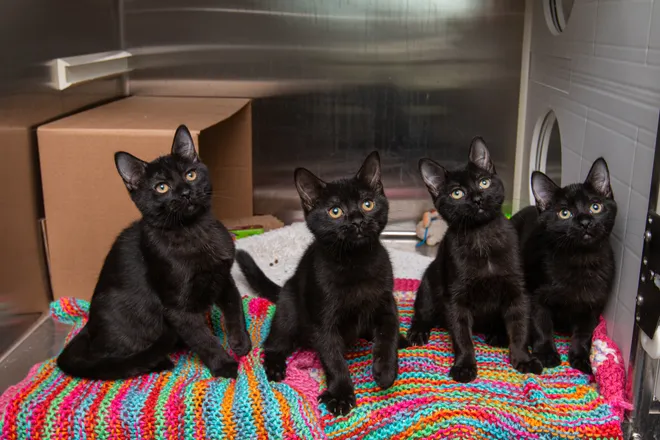
Can cats get bird flu?How to protect them and what else to know amid the outbreak
Why is it a problem?
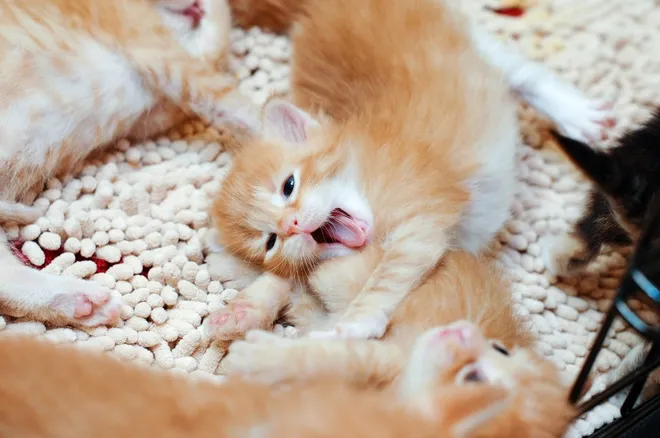
Animal shelters and rescues are already at critical mass and have been for years, and kitten season adds immense strain on existing organizations and resources. As a result, more animals in need are experiencing poorer outcomes.
In recent years, there has been a notable rise in animals getting euthanized, lost or dying, according to Shelter Animals Count data. Such sad outcomes increased by 15% (112,000 animals) in 2023 compared to 2022, with an 8% increase in cats specifically.
Additionally, Shelter Animals Count said 17,000 fewer kittens entered shelters and rescues in 2023 than in 2022. While that may sound positive, it’s important to note that kitten intakes have actually increased since 2019 by 81,000. In 2019, kittens only accounted for 44% of total cat intakes, while in 2023, they made up 47% of them.
"We've done a ton of work and made a ton of progress in this space in the last decade, which is really to be celebrated," Filer said. "But we still have work to go because there are still kittens coming in every year during kitten season."
Luckily, animal welfare organizations have found effective methods for reducing the population of cats in need.
What can be done to reduce the number of cat and kittens in need?
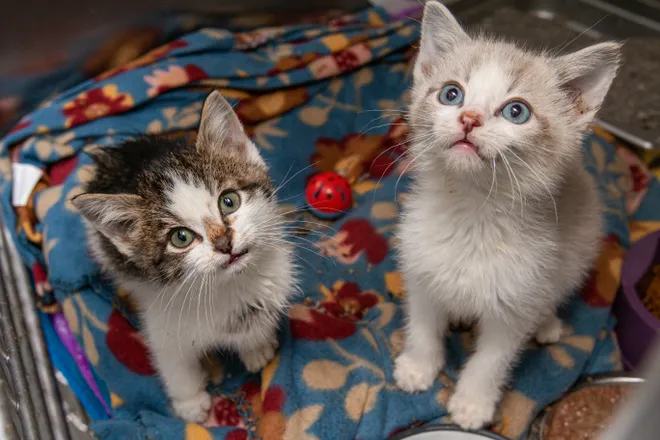
Community cat care has proven to be one of the most successful forms of intervention to ensure both the health of existing litters and to prevent future ones from being born.
Community cat programs work to improve the lives of feral, free-roaming cats. Through practices like Trap-Neuter-Release (TNR) or Trap-Neuter-Return-Monitor (TNRM), these outdoor cats can be properly vetted and cared for, reducing the unnecessary euthanasia of healthy cats that are not suitable for in-home living or adoption.
Trap-Neuter-Release entails catching unowned cats, taking them to a veterinarian to be spayed or neutered, and receive vaccinations and other necessary medical care; "ear-tipping" them, a humane, safe surgical removal of the top quarter-inch of the left or right ear to indicate the animal has already been fixed; and then returning them to communities.
Most kittens who end up flooding shelters are often not accidental litters from house pets but offspring of community cats or cat colonies. Research by the ASPCA found that sterilizing at least 75% of a cat group within a six-month period helps stabilize the population of community cats and reduces the number of cats in the community long-term, resulting in better overall outcomes for the population.
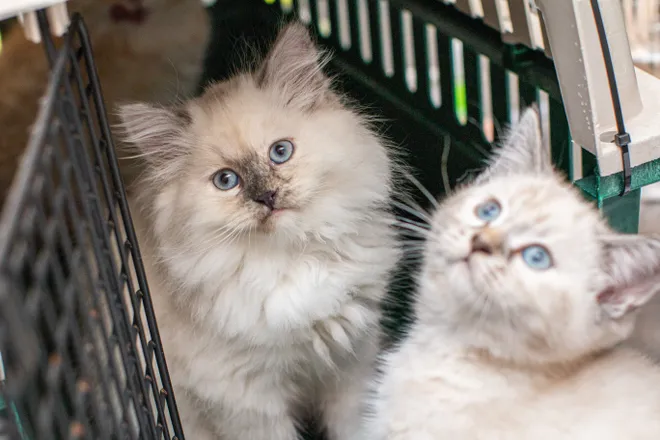
"(Community cats) being altered and put back into the community has not only reduced the rate of euthanasia of cats in shelters because these cats were largely unadoptable to home environments, but by neutering them and vaccinating them and returning them back to their community," said Filer.
She continued to say that "there's a thing in nature called the vacuum effect where the litter size that animals have is determined by the number of animals that exist within that area."
"And so by starting to alter them, they were having fewer kittens and the total cat populations within communities started to decrease," she said.
A modern push to keep owned cats indoors and to fix them as soon as possible has also contributed, she said. While it is best practice to have at least two cats to keep each other company in your home, you should make sure they're either the same gender or you get them fixed, Filer said, as many "oops" litters happen when pet owners don't realize their resident cats are able and willing to mate.
How you can help this kitten season
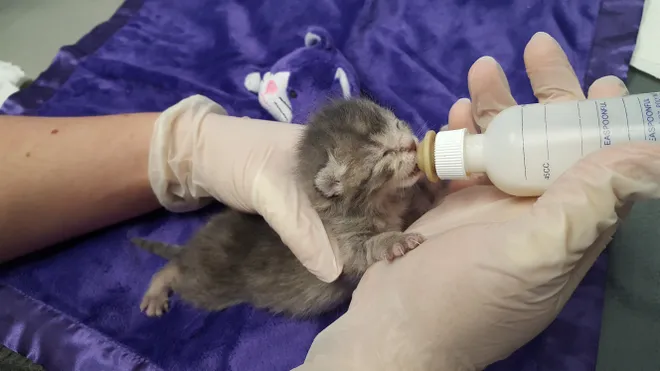
- Get pet cats spayed or neutered by 4 months of age to prevent more litters from being born. Female kittens are old enough to have their own kittens by 4 months, so it’s important to get them fixed as soon as possible.
- Adopt from a shelter or rescue if you’re looking for a kitten. Pets from shelters and rescues are generally already spayed/neutered, vaccinated and often microchipped.
- Sign up to foster kittens through your local shelter or rescue. It's fun and saves lives. Not all kittens in need are bottle babies – some just need care and socialization until they are old enough to be spayed or neutered, vaccinated and placed for adoption. Shelters provide training, supplies and support.
- Donate kitten care supplies to your local shelter or rescue. Many have online wish lists for items like kitten formula, warmers, bottles and cleaning supplies.
- Learn about and volunteer to help with Trap/Neuter/Return (TNR) programs in your area. This is a humane population management plan where outdoor cats are trapped, checked by a veterinarian, spayed or neutered, ear-tipped (to indicate that they’ve been sterilized) and returned to the care of the community.
- Avoid automatically scooping up stray kittens. Unless they are sick, injured or their mother is no longer around to care for them, they are most likely to survive with the nurturing of their mother. Do not "kitnap" unless you are completely sure their mom is not coming back or the kitten is in distress.
- Use resources like the Last Litter Program to end the cycle of kittens in need of homes.
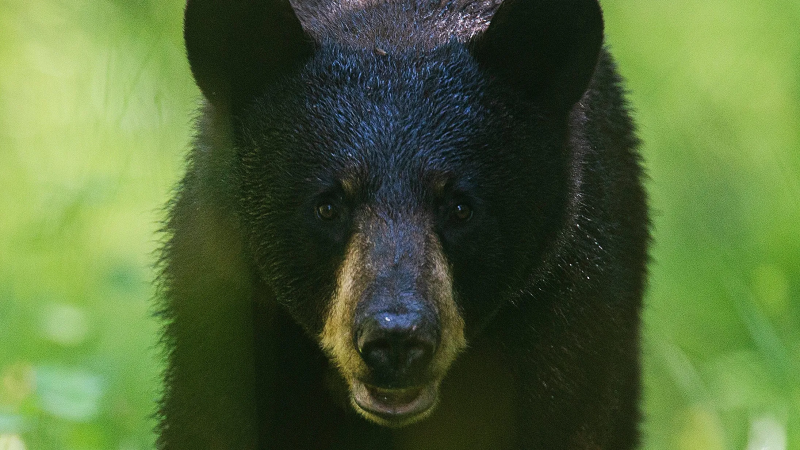
How everyone wins
Ultimately, prevention through intervention and spaying and neutering can help solve the problem at the root. Not to mention, it can be important to your cat's health.
"It is good for the animal, it's good for you and your home, especially for cats," said Filer
Getting your cat altered, even if they don't go outside, eliminates litter box issues, one of the most common reasons cats are surrendered to shelters. It also gets rid of unpleasant spraying behaviors from male cats and heat cycles from female cats, and it greatly reduces their chances of developing reproductive-type cancers.
"It really is good for the cat. It's good for the people," Filer said. "It's good for the community and it's good for shelters."
Disclaimer: The copyright of this article belongs to the original author. Reposting this article is solely for the purpose of information dissemination and does not constitute any investment advice. If there is any infringement, please contact us immediately. We will make corrections or deletions as necessary. Thank you.





